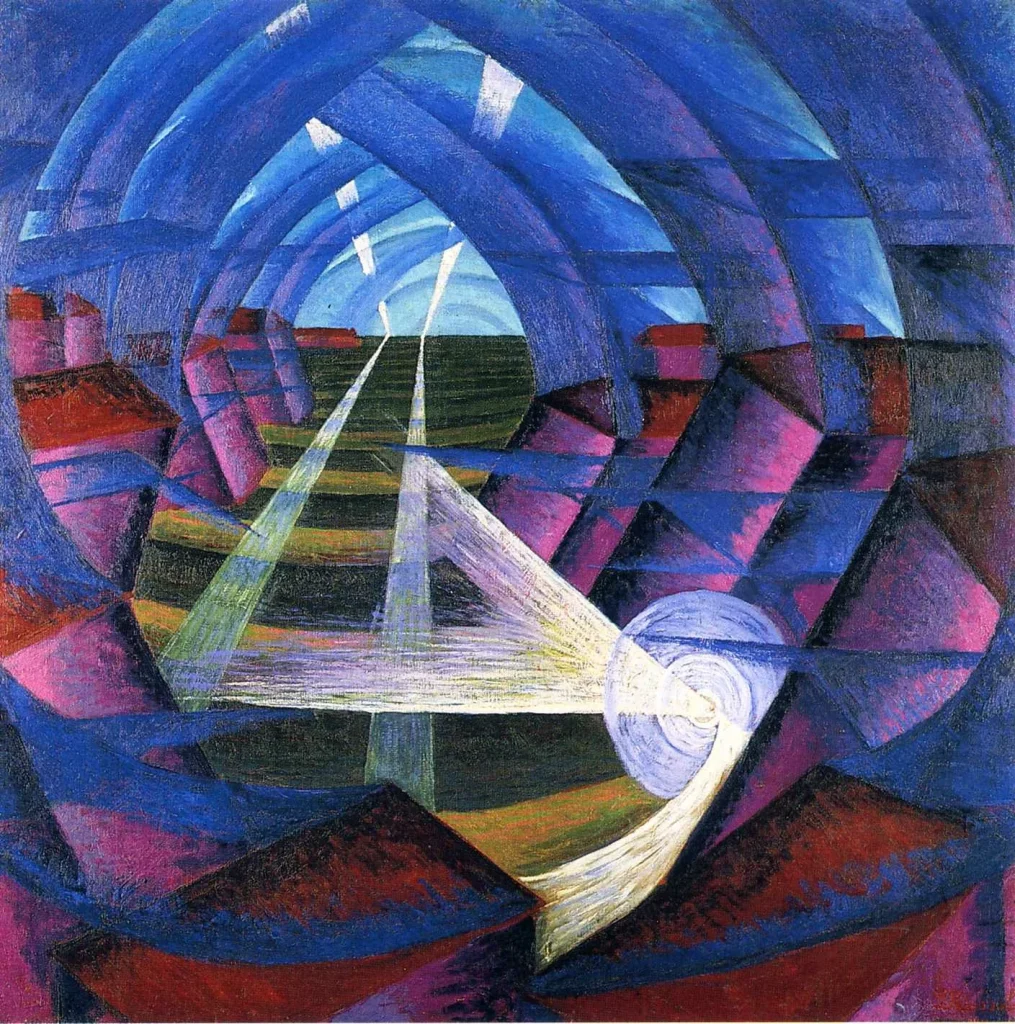
Digital opera has roots in electroacoustic works that integrate spatial soundscapes into performance, such as Kaija Saariaho’s L’amour de loin (2000, pictured above). Musicologist Anna Schürmer offers a broader view, tracing its history even further, suggesting its origins may precede electroacoustic sound. Schürmer links the evolution of digitally mediated works to the construction of larger 18th century theaters, where sound connected audiences across physical divides. Earlier multimedia-infused productions, like Bernd Alois Zimmermann’s Die soldaten (1965), Harrison Birtwistle’s The mask of Orpheus (1986), Libby Larsen’s Frankenstein (1990), and Bill Viola’s The Tristan project (2004, in collaboration with the Los Angeles Philharmonic), are significant for their use of electronics. However, they fall short of utilizing digital sound sample processing. Additional antecedents include mid-20th century radio plays and performances where multimedia significantly shaped the auditory experience.


The most prominent use of contemporary digital technology in opera lies in sound design, where digital processing techniques shape how audiences perceive sound within the performance space. This innovation builds on earlier milestones, including IRCAM (the French institute of research on music and sound) performances employing electronic or MIDI keyboards and voice, such as Wolfgang Rihm’s Die Hamletmaschine (1987) and various works by Karlheinz Stockhausen. In the 21st century, the digital manipulation of sound samples has become a staple–though often overlooked–in both contemporary and traditional operatic productions, with subtle amplification techniques further extending its reach.
This according to the new entry on digital opera by Megan Steigerwald Ille, in DEUMM Online.
Below is a performance of Die soldaten with music by Bernd Alois Zimmermann, along with an excerpt from Kaija Saariaho’s L’amour de loin sung by the soprano, Susanna Phillips.
Read related Bibliolore posts:
https://bibliolore.org/2024/03/19/kaija-saariahos-avant-garde-sound-worlds/

















